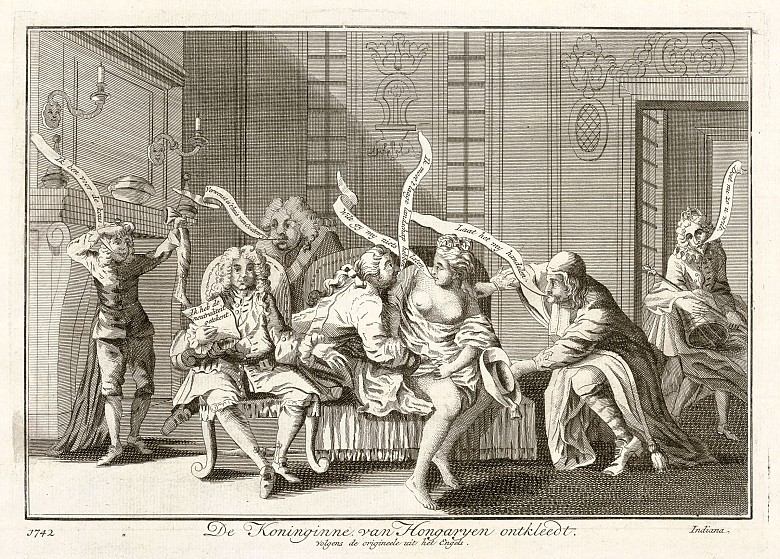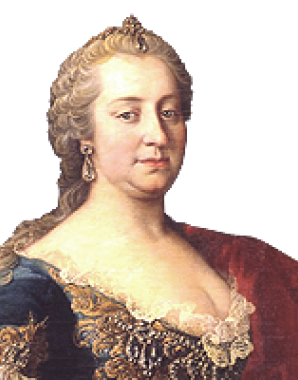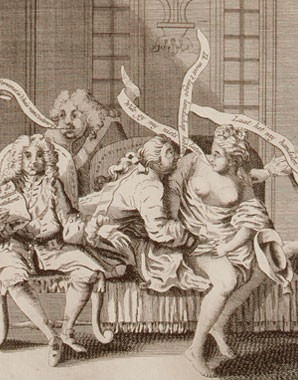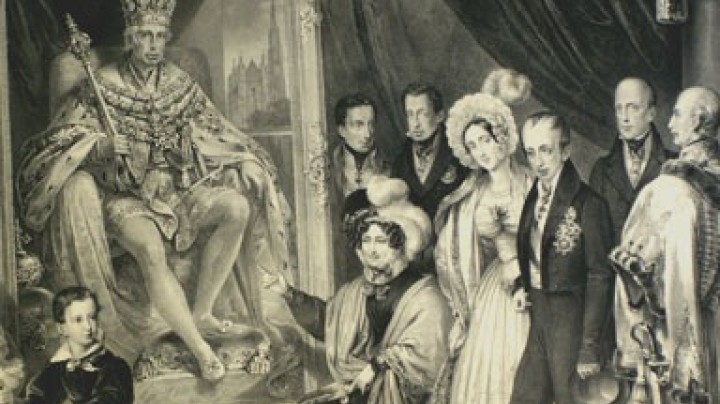Ribald satire as a political weapon – Maria Theresa as the butt of caricature
During Maria Theresa’s era, caricature assumed an importance of its own in the arena of political conflict. This concerned mainly English and Dutch publications, since Habsburg censorship prevented such images from being published within their dominions.
The essence of these political arguments was translated into visual caricature and given an iconographic form that could hardly have been formulated in a more pointed manner. Nonetheless, the often detailed legends that accompany these images also show that great care was taken to identify the individuals and themes depicted correctly in order to preclude misunderstandings or erroneous attributions arising from mistaken interpretations.
One of the most popular contemporary caricatures was a Dutch engraving from 1742 entitled De Koninginne van Hongaryen ontkleedt (The Queen of Hungary Disrob’d), attributed to an original by Engels. In a very concrete and almost voyeuristic scene, the leader of the French war party, the ageing cardinal André-Hercule de Fleury, demonstrates the brazenness of his unregenerate conduct not only in the blatant importunities of his actions but also in the text of the scroll issuing from his mouth (‘Laat het my handelen’ – ‘Let me touch it ’). The intended vilification of Maria Theresa is graphically expressed in the disrobing of the monarch, who is depicted still wearing her crowns on her head – thus additionally questioning her politically controversial elevation to the thrones of Hungary and Bohemia. Large numbers of similar prints were produced in slightly different versions.
Closely connected to printed caricatures is the genre of the satirical medal, the crudely worked appearance of which clearly demarcates it from the far more precisely executed medals issued by the court. Representing the motifs of the caricatures in a different and more enduring medium, these medals mostly focus on the conflicts associated with the arduous implementation of the Pragmatic Sanction. Naturally the crowned heads of Europe did not make use of such coarse language – it was a form of communication exploited in particular by free publishers in a bid to influence public opinion in Europe.















